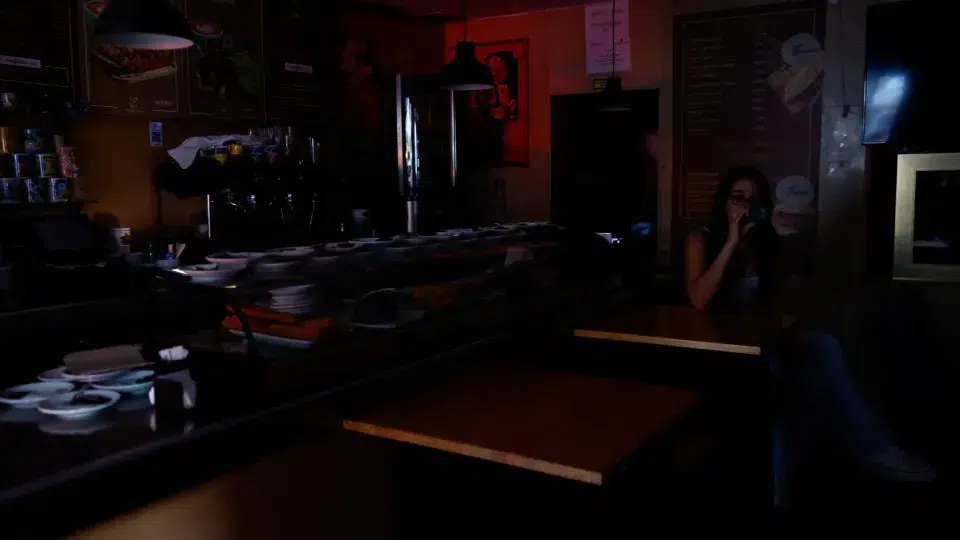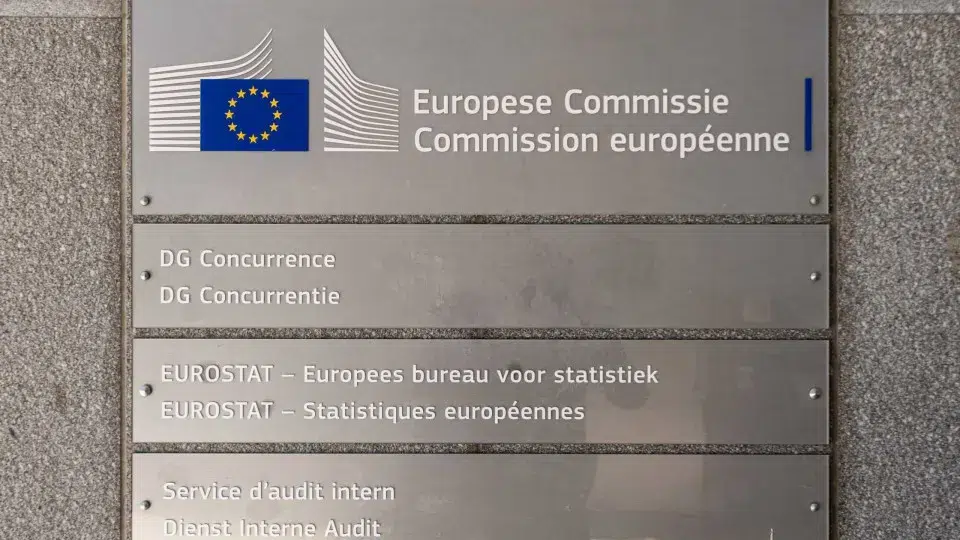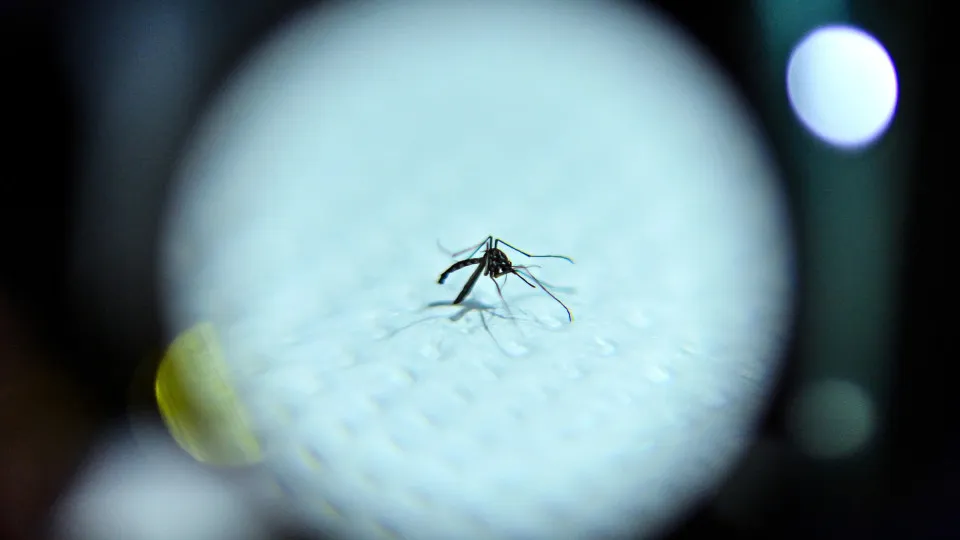
During the presentation of the factual report on the blackout of April 28, the most severe in over 20 years in the European electrical system, Klaus Kaschnitz from APG (Austrian Power Grid) and co-leader of the expert panel of the European Network of Transmission System Operators for Electricity (ENTSO-E), explained that the investigation faced a “very challenging” process due to the difficulty in obtaining complete information from operators and generators, including third parties who did not consent to the provision of data.
“Some data simply does not exist,” he stated, particularly referring to small units, such as domestic solar panels. The information collection took five months and required approximately 150 formal requests, enabling the incident to be reconstructed accurately only in August.
Klaus Kaschnitz and Damian Cortinas, president of the ENTSO-E Council, emphasized that the report does not aim to allocate blame but rather to technically analyze the incident. “Our focus is to understand the facts and use this information to prevent something similar from happening again, not to assign blame,” explained Damian Cortinas.
According to Klaus Kaschnitz, the investigation identified multiple voltage oscillations and atypical frequencies prior to the blackout, culminating in three main events that led to the loss of synchronization with the European grid.
Despite the unprecedented nature of the collapse, the restoration of the network was swift, with Portugal fully recovering the high voltage connection shortly after midnight and Spain by 04:00 the following day.
The president of the ENTSO-E Council clarified the role of international interconnections, particularly regarding the link between Portugal and France. “The size of the interconnection had no impact on the blackout, neither at the start nor in the resolution. The problem was local, in the south of Spain. The existence of interconnections generally only assisted in the recovery of the system, allowing for the coordinated restoration of voltage, but could not have prevented the incident,” he stated.
Klaus Kaschnitz highlighted that the blackout exposed a new phenomenon: cascading overvoltages that require local voltage control. “Voltage needs to be managed locally, near the problem. All units, renewable or conventional, can contribute to voltage control, provided they meet technical requirements,” he explained.
The ENTSO-E report underscores that strengthening voltage control capacity across the network is essential to prevent similar incidents. The investigation will continue with a detailed analysis of local oscillations, the interaction between generators and consumers, and the effectiveness of system defense plans, aiming to enhance the resilience of the European electrical system.
Damian Cortinas stressed that the factual report serves as a basis for the final report, expected in the first quarter of 2026, which will include technical and regulatory recommendations intended to prevent similar incidents in the Iberian Peninsula and Europe.
“Our goal is to prevent this from happening again, not only in Spain and Portugal but across Europe,” stated Damian Cortinas, noting that the incident revealed a new phenomenon: blackouts caused by cascading overvoltages, which demand local voltage control, a function that can be fulfilled by all forms of generation, renewable or conventional, provided adequate technical requirements are implemented.
Klaus Kaschnitz added that the investigation will delve deeper into the study of local oscillations, the interaction between generators and consumers, and how the network responds in extreme situations, with the aim of increasing the resilience of the European electrical system.




